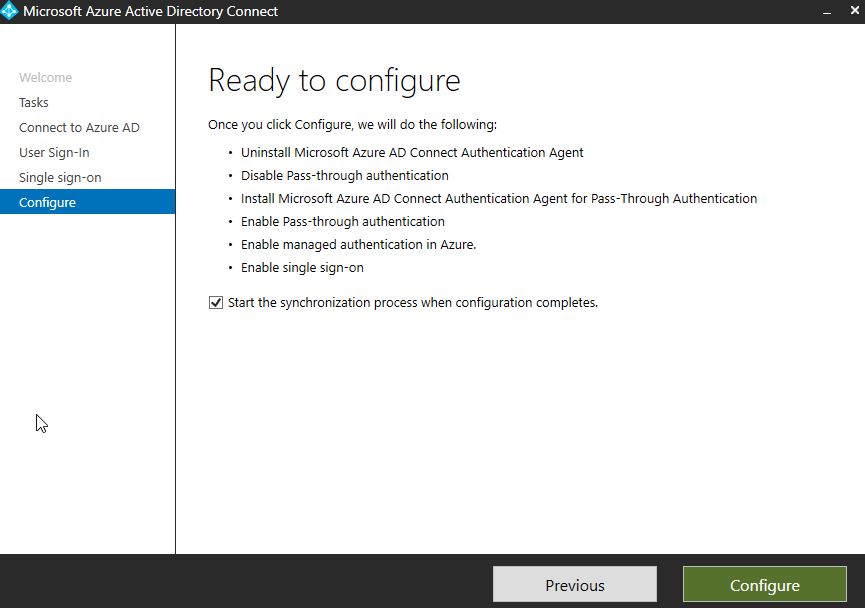


Protected cloud applications redirect your users to Duo Single Sign-On, authenticate your users using your existing primary authentication source for credential verification, and then prompt for two-factor authentication before permitting access to the application.ĭuo Single Sign-On is available in Duo Beyond, Duo Access, and Duo MFA commercial plans, and is not available in Duo Federal plans. Duo Single Sign-On also offers generic connectors with the ability to provide your own metadata and connect to just about any app that supports the SAML 2.0 or OIDC standard. SAML and OIDC delegate authentication from the application to an identity provider, and is used for SSO.ĭuo provides SSO connectors for enterprise cloud applications like Amazon Web Services, Salesforce and Workday. Overviewĭuo Single Sign-On is a cloud-hosted single sign-on solution (SSO) solution which can act as a Security Assertion Markup Language (SAML) 2.0 identity provider or OpenID Connect (OIDC) provider that secures access to cloud applications with your users’ existing directory credentials (like Microsoft Active Directory or Google Apps accounts).

Please provide feedback using the OIDC and OAuth form. OIDC relying party support in Duo SSO is an Early Access feature. Duo Single Sign-On is a cloud-hosted SAML 2.0 identity provider (IdP) and OIDC provider (OP) that adds two-factor authentication, complete with inline self-service enrollment and Duo Prompt, to popular cloud services like Salesforce and Amazon Web Services using SSO protocols.


 0 kommentar(er)
0 kommentar(er)
